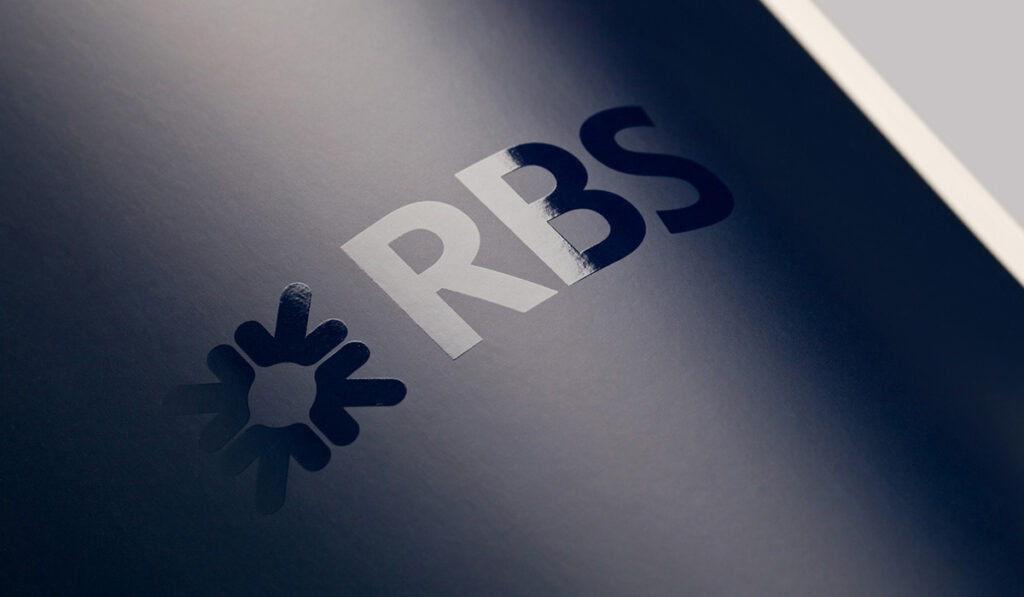
UV coating is a protective layer applied to printed materials to guard against external damage such as scratches and abrasions, while also enhancing the aesthetic appeal of the print. Additionally, it adds thickness and rigidity to thinner papers. The process involves selectively or uniformly applying UV coating to the surface of a sheet, and the coating is cured using UV radiation. Various types of coatings exist in the field of printing, but we’ll discuss them later. This enhancement is popular due to its quick implementation and satisfactory results. UV coating is commonly used on catalogs, brochures, packaging, calendars, and covers.
The main objectives of UV coating include:
- Altering the appearance of the applied ink in the printing press. By using UV coating, effects such as gloss, metallic sheen, or matte finish can be achieved. The coating creates a clear surface that affects the final color perception, enhancing vibrancy and brightness.
- Protecting the printed surface to prevent ink from wearing off. UV curing is the most effective method, using UV-cured, dispersion, or oil-based coatings. For protective coatings, low-gloss or neutral coatings are often used.
- Enhancing the aesthetics of the design, providing a professional look similar to that of photographic paper.
- Adding stiffness and thickness to the surface. It’s important to note that using UV coating on a cover allows the use of lower-weight paper, achieving the same results as with higher-weight paper.
Given the variety of coatings in printing, each is specialized and applied to specific projects, such as photoluminescent coatings designed to emit light in the dark.
As mentioned earlier, UV coating can be applied to the entire surface or selectively on specific elements, known as full-surface or spot UV coating. Both methods, along with lamination, aim to increase durability and aesthetics. UV-coated sheets are significantly stiffer than laminated ones, but this stiffness may lead to cracking. Among different coating types, UV coating is more resistant, durable, and provides a higher gloss than dispersion or offset coatings.
Comparing UV coating to lamination, it’s important to note that not every substrate is suitable for UV coating. Uncoated and low-weight papers are eliminated. When using full-surface coating, fingerprints can leave impressions on the sheet.
Another method of enhancement is selective coating, applied to emphasize specific elements in the project such as a company logo, text, or images. Matte or glossy coatings are commonly used for selective coating.
Currently, a combination of UV coating and foiling is common, where glossy UV coating is applied simultaneously with matte foil. This creates an elegant, protected project with prominent elements.
When applying spot UV coating, it is necessary to prepare a correct mask that accurately replicates the dimensions and all elements in the publication that will be coated. The mask is prepared in two ways:
On the final artwork: Use the fifth color to draw the elements to be coated. It is essential for the color to have the overprint variant enabled and not to erase the background immediately behind it.
The second option involves preparing a separate file: Create a separate file containing only the elements intended for spot UV coating. The dimensions of the file with the coating must be identical to the dimensions of the print file, and the coated element should be positioned correctly.
For the printing press, three files of identical dimensions are usually prepared:
- “For print” – includes only the elements to be printed.
- “Mask” – includes elements for UV coating, represented in 100% black.
- “Preview” – includes printed elements with applied coatings.
Selective coating is not recommended for small elements (below 5 mm) as the coating may spread.
Which paper to choose?
Regarding paper selection, it’s generally believed that any paper is suitable for coating. However, uncoated (offset) paper is usually not coated due to the risk of the coating penetrating to the reverse side. Coated papers, typically with a weight above 150g, are preferred. Thinner papers may warp during printing, affecting coating accuracy.
Designing elements at fold points for UV coating requires drawing white lines or raster lines to prevent coating in those areas. It’s crucial to dry the printing sheet thoroughly before coating and allow it to air out to expedite ink drying.
It’s worth mentioning that if UV coating is intended for the sheet surface, the sheet must be printed with inks compatible with UV coating, usually solvent-resistant and alkali-resistant inks. Digital printing sometimes deviates from these recommendations, except for HP Indigo machines, where toners meet UV coating requirements.
As for coatings, they are classified based on application and composition in the printing industry. The main types of coatings include:
- UV coating – the focus of this article, applied to printed surfaces and cured using UV radiation. It is often used in screen printing or roller coating.
- Dispersion coating – available in glossy or matte versions, water-based and eco-friendly. Used for enhancing packaging of food products.
- Oil-based coating – also known as offset coating, contains vegetable oil, and cures through oxidation of the oils. Comes in glossy and matte versions, with a lower gloss quality and an unpleasant odor.
- Thermal coating – contains specialized pigments that change color with temperature variations.
- Fluorescent coating – contains photoluminescent inks that glow in the dark.
- Scratch-off coating – includes components allowing specific areas to be scratched off, commonly used in scratch-off lottery tickets.
- Scented coating – includes substances with specific scents activated by rubbing the surface.
UV coating, often combined with other enhancements like hot-stamping, should be carefully selected to complement the project without overwhelming it. The key lies in thoughtful material and enhancement selection for a cohesive final result.
